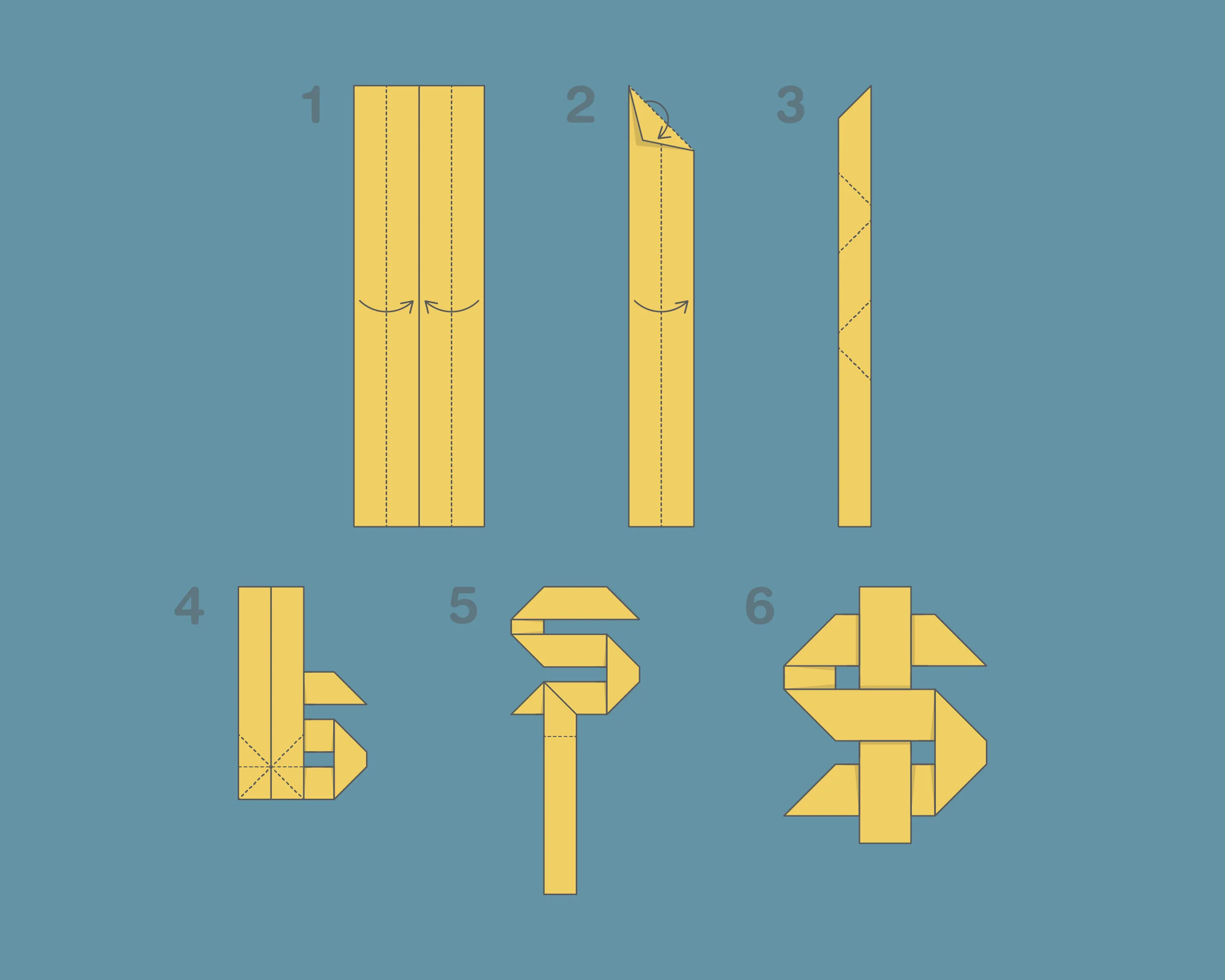Was I right or wrong? Checking ‘what if’ share investing scenarios.
16 May, 2021
This is a blog post about all the investing “what if’s”.
Have you ever wondered what would have happened if you bought shares in a company when you first heard about it, but you didn’t do it (hey yup Tesla)? And you find yourself years later saying “oh, I NEARLY bought that stock, but I didn’t…” Now you are wondering what even happened to the company share price and what WOULD have happened to your own net worth IF you had actually purchased some?
Or you angst over whether to buy Index Fund A or Index Fund B? You finally bought Fund A but oh man you do wonder what would have happened if you went with Fund B. Your gut instinct is telling you that it was probably the better choice after all… Or maybe it wasn’t.
The thing I find about money is that a lot of people have a lot of great ideas, or at least they think they do. And they are often quite steadfast about those ideas pushing you to do what they say. But, a couple of years down the track, do they ever go back and fact check if they were actually right or not about choosing Fund A over Fund B or Company A over Company B?
I bet they don’t.
Fortunately for them, you and I can.
Back in July 2020, I wrote a blog post where I compared the new Smartshares S&P/NZX 50 ETF (NZG) with their existing NZ Top 50 ETF (FNZ). Go back and read it again to refresh your memory - it’s a riveting read 😬. The newly introduced NZG fund had a lower fee so it really grabbed people’s interest because who doesn’t want to save on fees right? But I pointed out in my post that you needed to look beyond the fee because the two funds are actually quite different and have the potential to have quite different returns, dependent on what the companies within the fund do.
One of the key differences was the weighting of each company within the fund. As a refresh, here are the first three companies in each fund from that original blog post:
FPH - Fisher & Paykel Healthcare Corp Ltd
Weighting: FNZ 6.37% NZG 17.50%
ATM - The a2 Milk Company Ltd
Weighting: FNZ 5.32% NZG 13.03%
SPK - Spark NZ Ltd
Weighting: FNZ 5.19% NZG 7.43%
If you were to invest $100 in the new NZG fund, you are therefore holding 30.53% (or $30) in just two stocks, Fisher & Paykel and a2 Milk. For some investors, they might be perfectly happy with that level of exposure to just two stocks, but others like myself might prefer the more diversified approach that the FNZ will give of having just 11% in those top two stocks.
Therefore, this new fund is not a replacement for the FNZ and it goes beyond the fee they charged as the makeup of it is actually quite different and has an impact on your investment mix.
With a decent chunk of time now having passed since I wrote that post and with the likes of a2 Milk having taken a dive in price, I thought I would actually check back in and see if my conclusion, to stay with the FNZ fund, was the right one.
What if? Was I right or wrong?
I do this using the Share Checker from NZ company, Sharesight.
I track all of my investments with Sharesight and have done for a number of years now and it’s particularly useful for these ‘what if’ scenarios. Whether you are on a free or paid plan, you have access to it, which I like.
Their Share Checker lets you check the hypothetical historical performance of any share, ETF, managed or mutual fund, currency or cryptocurrency (I know a few of you will find that useful!) You can check using any of the 36 global share markets they support. For comparison purposes, the amount invested is always $10,000, but you get to choose the period of time you want to look back on. The green dollar signs show the gross dividends (it does not take into account my tax rate) that have been paid out during the selected time period and it shows you the annualised returns, foreign exchange rates and imputation credits that I would have received had I actually owned that share, plus any other corporate actions they may have had. If you are interested, you can find all of the nitty-gritty details here: How Sharesight calculates your investment performance
Share Checker: How to use guide
The start date (inception date) of the Smartshares NZG fund was 15 July 2020, so it has not been a year yet, so I’m comparing the two funds for the last six months instead:
Sharesight Share Checker comparing the 6 month performance of Smartshares NZG (3.55%) vs FNZ (8.26%). Click on the image to enlarge.
Well, that’s interesting don’t you think? The FNZ fund has outperformed the NZG fund with the main reason being because the NZG fund held a larger quantity of just a few stocks so when those big companies like a2 Milk faltered, so did the performance of the fund.
I need wonder no longer, I WAS right to stick to my own plan of the FNZ fund which has capped weightings. FOMO has a lot to answer for and is one of the main reasons why people (over) react so much when they hear a news headline. But there is a lot to be said for standing back, accessing the situation, educating yourself on your options and then just sticking to your original plan.
Another one I wondered about was the small investment I have with Hatch in the SPDR SSGA Gender Diversity Index ETF, better known by its ticker code SHE fund. I don’t usually niche down in my investments and as you know by now I just stick to a couple of broad index/ETF funds, BUT I made a small financial exception with this fund because it is a fund made up of companies that have female CEOs. Which is fabulous! But I’ve wondered how they compare with the likes of the Vanguard US Total Stock Market Index, or VTI and if by diverting away from a fund that just buys the entire US Top 500 companies, did I take a financial hit? What if I compare SHE with VTI?
Sharesight Share Checker comparing the 12 month performance of the Gender Diversity Index ETF (27.97%) vs Vanguard Total Stock Market ETF (28.86%). Click on the image to enlarge.
Well well. Turns out I should have backed my sistas much harder than I did! My perception was that VTI would outperform SHE, but perception is not reality and in this instance, in the last 12 months these two funds have run pretty much neck and neck.
Now, let's be clear here, 12 months is a very short space of time when we are discussing index funds and ETFs but this is why I like the share checker so much, it gives me a good comparison that really gets me thinking. Each time I use this I mull over the findings. I’m not an investor who has a knee jerk reaction to any headline, but statistical information like this just adds to my knowledge of whether I need to alter my own investment strategy at all and I’d far rather use this tool than rely on any news headline in regards to Company A or Company B.
Now, I could have also created a dummy portfolio in Sharesight and built up a watchlist of stocks that I wanted to keep an eye on, but truth be told, I don’t have the time or inclination to create such a list! Others might though, so if this is you, check out this blog post that Angela from Sharesight wrote back in Jan: How I make the most of all my Sharesight portfolios
I still don’t buy individual stocks, but it does not mean that I’m not tempted sometimes! I remember interviewing someone for my podcast who told me that for many years she kept a handwritten book of stocks whose progress she was tracking and which she would have liked to have purchased. However, it was years before she was financially ready to actually invest, but in the meantime, she built up a picture of stocks and sectors that she had an interest in and that performed well and I think that this is what this software offers us, it’s just the modern equivalent of this woman's 1B5 book.
In the meantime, I’m happy checking back in on ‘hot tips’ that people have mentioned to me in the past, just to see how they are performing. We all have friends who suggest hot stocks to us but very rarely do these same friends admit to having got it completely wrong. Well, lucky for them that I can now go back and check and then say, “Hey Trev, you know you said I would be an idiot if I didn’t buy Company A, well turns out that if I actually took your advice and I did buy I’d have turned my $10,000 into $5,000 thanks to you! Who's the idiot now Trev?”
Maybe they could rename it to the “I told you so checker” instead?
We, particularly women I think, tend to second guess ourselves and worry about being wrong, but the truth is that once we get started we make better investment decisions than men a lot of the time because we tend to research, then start to invest and then stay the course. So if you (whatever your gender) are delaying starting because you don’t feel you are quite ready, use this Share Checker to see what would have happened IF you had started 12 months ago, what would your balance be today? This might give you the peace of mind and the courage of your convictions to just get moving. For me, looking back and checking what would have happened if I had veered off my path actually just works to confirm to me that I’d headed in the right direction after all.
Have fun with it!
Happy Saving!
Ruth
Share Checker
To use Share Checker you will need to be signed up with Sharesight. You can try Sharesight for FREE to track 10 holdings, or if you have more than 10 holdings you can signup for an annual plan. Save 4 months when you purchase an annual premium plan.




